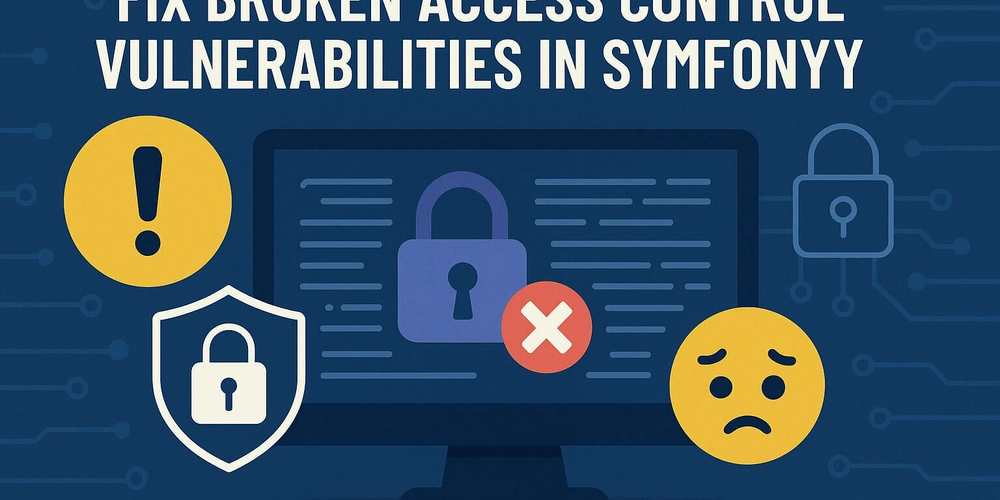
Supercharge Your Red Hat Linux Security: Advanced SSH Hardening Guide
Securing your SSH (Secure Shell) connection is the first step to protect your Red Hat Linux systems. This comprehensive guide walks you through advanced security practices to keep your servers safe from unauthorized access and potential threats, whether you're managing cloud infrastructure or accessing remote systems. Let's dive in!
Why You Need to Harden Your SSH Configuration in Red Hat Linux
Did you know that default SSH settings are a magnet for bots and malicious actors? Hardening your SSH configuration is crucial for protecting your valuable data and maintaining system integrity. Neglecting SSH security can lead to:
- Data breaches: Unauthorized access to sensitive information.
- System compromise: Attackers gaining control of your servers.
- Reputational damage: Loss of trust due to security incidents.
1. Disable Root Login: Eliminate a Major Security Risk
Direct root login is a prime target for attackers. By disabling it, you force users to log in with a regular account first, adding an extra layer of security.
How to Disable Root Login via SSH:
- Open the SSH configuration file:
sudo nano /etc/ssh/sshd_config - Find
PermitRootLogin yesand change it toPermitRootLogin no - Save the changes and restart SSH:
sudo systemctl restart sshd
With root login disabled, attackers must first compromise a regular user account before attempting to escalate privileges.
2. SSH Keys: Your Password's Stronger, More Secure Cousin
Ditch passwords and embrace SSH keys for vastly superior authentication security. SSH keys use cryptographic key pairs, making them much harder to crack than traditional passwords.
How to Set Up SSH Key Authentication:
- Generate a new SSH key pair on your local machine:
ssh-keygen -t rsa -b 4096 - Copy the public key to your Red Hat Linux server:
ssh-copy-id username@server-ip - Verify the key is in the correct location (
ls ~/.ssh/authorized_keys) on the server. - Disable password authentication. Open
sudo nano /etc/ssh/sshd_configand changePasswordAuthentication yestoPasswordAuthentication no. - Restart the SSH service:
sudo systemctl restart sshd
3. Change the Default SSH Port: Hide in Plain Sight
The default SSH port (22) is a well-known target. Changing it to a non-standard port reduces the number of automated attacks your server faces.
Steps to Change the Default SSH Port:
- Edit the SSH configuration file:
sudo nano /etc/ssh/sshd_config - Find the line
Port 22and change it to a different port number (e.g.,Port 2222) - Save the file and restart SSH:
sudo systemctl restart sshd - Connect to your server using the new port:
ssh -p 2222 username@server-ip
Pro Tip: Choose a port number above 1024 to avoid conflicts with well-known ports.
4. Block Brute-Force Attacks with Fail2Ban
Fail2Ban monitors SSH logs for failed login attempts and automatically blocks IP addresses that exhibit malicious behavior. This is a really invaluable tool for preventing brute-force attacks.
How to Install and Configure Fail2Ban on Red Hat Linux:
- Install Fail2Ban:
sudo yum install fail2ban -y - Create a local configuration file:
sudo nano /etc/fail2ban/jail.local - Add the SSH jail configuration:
[sshd]
enabled = true
port = ssh
filter = sshd
maxretry = 3
bantime = 600
- Restart Fail2Ban:
sudo systemctl start fail2ban
The maxretry setting defines how many failed attempts are allowed before an IP is banned, and bantime sets the duration of the ban in seconds.
5. Limit SSH Access by IP Address: Create a VIP List
Restricting SSH access to specific IP addresses adds another layer of security by allowing only trusted sources to connect.
How to Restrict SSH Access by IP:
- Edit the SSH configuration file:
sudo nano /etc/ssh/sshd_config - Add
AllowUsers username@your-trusted-ipto allow access only to the specified user from that IP. You can add multipleAllowUserslines. - Restart SSH:
sudo systemctl restart sshd
6. Two-Factor Authentication (2FA) for SSH: The Ultimate Security Boost for your Red Hat Linux Server
Implement two-factor authentication (2FA) for an extra layer of security. 2FA requires users to provide a second verification factor, such as a code from their smartphone.
Steps to Enable 2FA for SSH:
- Install the Google Authenticator PAM module:
sudo yum install google-authenticator -y - Configure authentication:
google-authenticator(follow the on-screen instructions) - Edit the SSH PAM configuration:
sudo nano /etc/pam.d/sshdand addauth required pam_google_authenticator.so - Modify the SSH configuration:
sudo nano /etc/ssh/sshd_configand addChallengeResponseAuthentication yes - Restart SSH:
sudo systemctl restart sshd
Now, users will be prompted for a verification code from the Google Authenticator app after entering their password or SSH key.
Implement These Advanced SSH Security Practices Today for a Safer Tomorrow
By implementing these advanced SSH security practices on your Red Hat Linux systems, you're creating a much more secure environment. Take action now to protect your valuable data and prevent unauthorized access. A few simple steps can drastically reduce your exposure to threats and ensure peace of mind. Securing your SSH access in Red Hat Linux is not optional; it's essential!


















